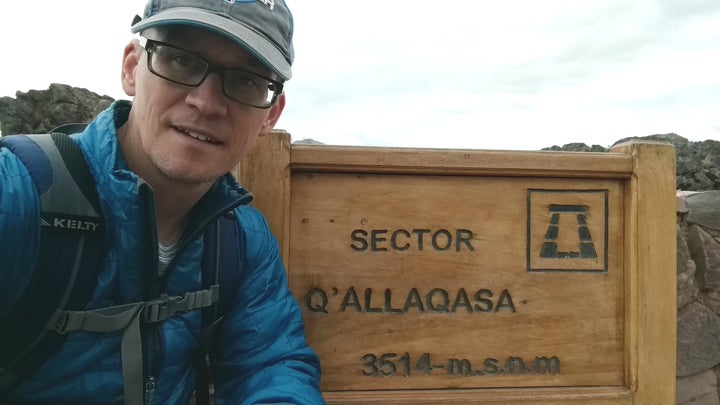
“Sleeping Around” is a recurring blog post series where Dr. Winter, a sleep specialist, goes beyond the typical questions about healthy sleep and seeks out the most unique sleep circumstances to offer his assistance in how to tackle them. Even if your problems are not as extreme, hopefully the experience can help shed some light on your own sleep difficulties.
Despite the threat of rising ocean levels, I have spent the majority of my life sleeping at or around sea level. I like the oxygen content of the air I breathe to be on the high side. When it was suggested to me by a mountain climbing acquaintance that I write a story about sleeping at high altitude, I thought it sounded like a great idea.
What constitutes high altitude and what altitude would be best for exploring its effects on sleep? Most literature considers heights of 7000 feet or above to be where things start to get interesting, and heights above 10,000 feet even more so. My thoughts went directly to Everest base camp, a breathtaking (literally) 17,600 feet above sea level. Having read John Krackauer’s Into Thin Air and being familiar with Everest ascents, base camp is almost always presented as a given. I assure you it is not, with many athletically fit individuals struggling to reach it every year.
To make the article relatable, I wanted a more common destination that involves altitudes over 10,000 feet. The answer came after talking to my daughter who was volunteering in Lima, Peru. “Go to Machu Picchu,” she insisted. “And take me.”
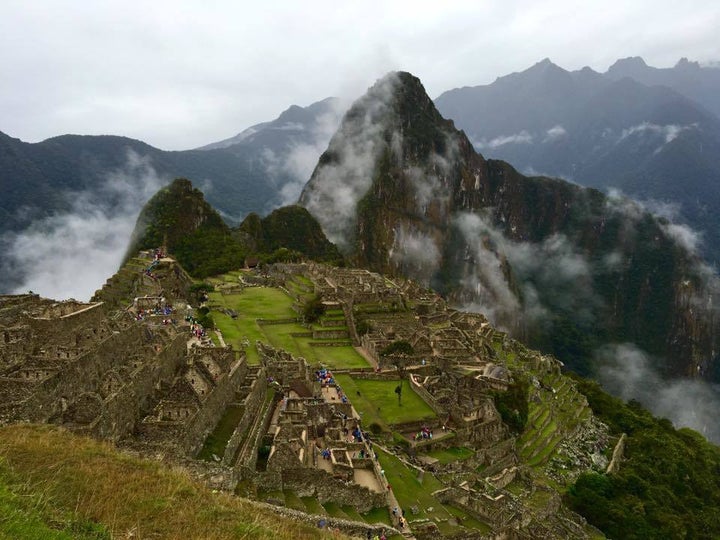
Machu Picchu is an immaculately preserved Incan dwelling located deep in the mountains of Peru. Thought to be a sort of summer vacation home for the Incan ruler and one of the seven wonders of the modern world, the site is visited by an estimated 1 million tourists yearly. Machu Picchu is not above 10,000 feet, but to get there, travelers typically fly into Cusco, Peru and acclimate there. The area around Cusco is at 11,000-12,000 feet. Above 11,000 feet? Check. Common destination? Check. I had found my location.
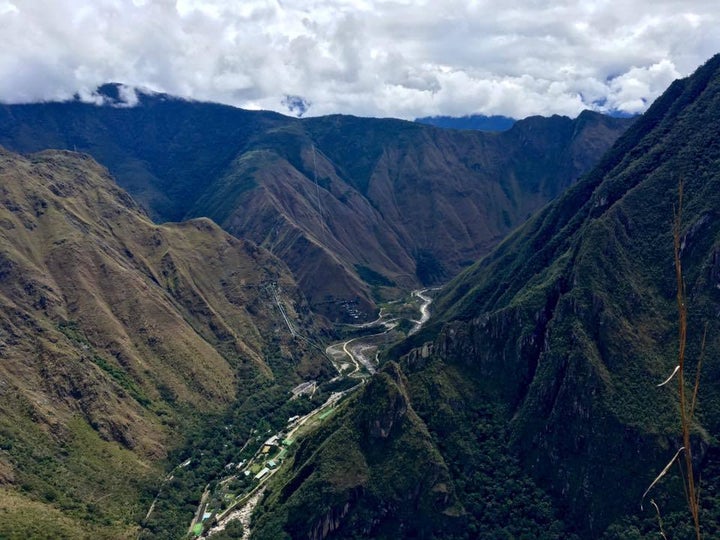
Sleep at altitude is invariably described as being fitful and difficult. High altitude has many affects on the body. Oxygen, which comprises roughly 20.9% of the air we breathe at sea level dwindles down to about 13.2% at 12,000 feet, and I felt it when I carried my supplies through the Cusco airport. [1] Thankfully my local driver Hugo soon met me and effortlessly relieved me of my bags. “Buenos dias,” he smiled “Cusco very high.”
This relative lack of oxygen causes the first disturbance that may affect your sleep: irregular breathing. As the body senses a reduced amount of oxygen with each breath, it comes to the logical conclusion that more rapid breathing is necessary to maintain proper oxygenation. This increased breathing rate, or tachypnea, does bring more oxygen into the body, but it also rids it of more carbon dioxide. Carbon dioxide (CO2) sensors in the body detect this reduction and slow breathing down as a way to prevent too much CO2 loss. As the body alternates between rapid and slow breathing, these periods of slowed breathing (or no breathing) can create awakenings at night. [2,3]
To combat this potential sleep threat, one can utilize a helpful medication called acetazolamide (Diamox). [4] This drug causes the loss of bicarbonate in the urine. Since bicarbonate is a base, it causes the body to become slightly more acidic. Since CO2 is an acid, this acidification caused by loss of bicarbonate fools the body into thinking there is plenty of CO2 around, so there is no reduction in your breathing rate to wake you up. Generally a dose of 125-250 grams is recommended, but consult your physician. I used the drug religiously and found it worked very well. I observed upon arriving at Cusco that the drug was available at the airport shop (with added caffeine), so don’t panic if you forgot to have your doctor prescribe you some.
Advice about dealing with the altitude comes in many forms. Hugo offered some more Peruvian wisdom, “No red meat today. Rest.” When oxygen levels are low, the body begins to shunt blood flow away from various organs, the digestive tract being one. [5] This means that like a royal Incan mummy, the exotic red meat dish that you eagerly consumed is going to live on in your stomach for an eternity as the blood flow needed for digestion is compromised. Most people know that sleep is best when you’ve had time to eat and digest, so eat small amounts and eat items easily digestible (e.g. not red meat or high fat foods). I made the mistake of having just a few bites of red meat the first night I was in Cusco and could feel it sitting in my gut the following day. Listen to Hugo.

At the hotel, there is more concern about my readiness for the altitude from the guy behind the desk. Before I can check in, I am given a white mug with a warm earthy beverage. “Coca tea. Please drink for soroche.” I had been told by my father-in-law, a world traveler, that coca tea helps significantly with soroche or altitude sickness. Coca tea is made from the leaves of the coca plant, and the tea is everywhere in Cusco. While coca leaf is used to make cocaine, its medicinal properties are highly coveted by the Peruvians who make tea from the leaf or chew it. While the amount of active alkaloid ingredients an individual consumes with chewing a leaf is vanishingly low, it is still regarded as a very helpful remedy for altitude sickness. [Of note, while cocaine was eliminated from Coca-Cola in 1929, coca leaf extracts are still used in the formula]. While coca leaf has never been academically proven to improve altitude adjustment, coca does seem to improve energy and enhance appetite. To further improve my chances for good sleep, I had a Coke with lunch as well.
Whether coca tea works or not, its consumption falls under the category of hydration, my next tip for great sleep up in the clouds. Fluid loss comes in many forms. At high altitude, the tachypnea creates an accelerated loss of fluid. With every breath, we lose fluid vapor, easily seen when you breathe on a mirror. As breathing speeds up, this fluid loss is sped up. In addition, acetazolamide is a diuretic and causes more fluid loss via your urine. Finally, if you are hiking up a mountain, the fluid loss via sweat can be extreme. Dehydration can inhibit the production of sleep promoting chemicals causing poor sleep, not to mention the relative discomfort of a dry mouth and lips. Keep in mind that alcohol acts to ultimately dehydrate an individual, so do not make the mistake of leaning on Cusqueña, the favored Pervian beer, or any other alcoholic beverage to help you sleep.
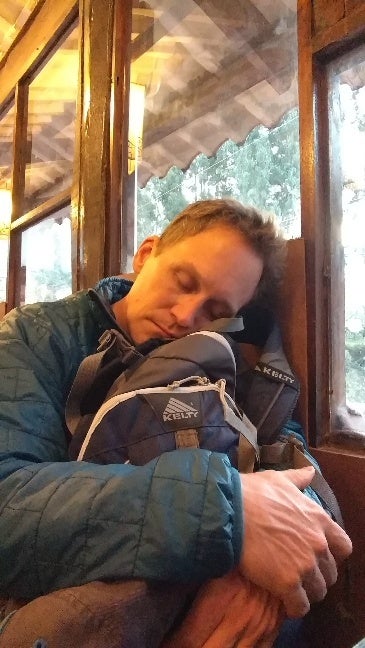
After some exploration of Cusco (capped off with the consumption of a Peruvian dessert called Ponderación with the sleep promoting ingredient soursop), it was time to sleep. Having done such a good job avoiding alcohol and consuming water, coca tea and good old American pharmaceuticals, I am pretty confident. Climbing into bed amidst the perpetual honking from the streets of Cusco, I feel tingly, particularly in my feet and face. I am immediately reminded of college nights. While I do not feel nauseated, I do have a sense that my dinner’s passage is being tied up in customs so to speak. I experience none of the nightmares often reported by sleepers at high altitude, but my sleep is noticeably more interrupted. These awakenings are accompanied by a terrific dry mouth I combat with a bottle of water at my bedside.
It was well described that Hiram Bingham, the dashing Indiana Jones-like explorer that discovered Machu Picchu was a very heavy sleeper, even sleeping through rounds of gunfire while on the search for the lost city. [6] While I cannot say my sleep reached that level, it certainly was good enough to allow me to make it up some steep mountains en route to some beautiful views.
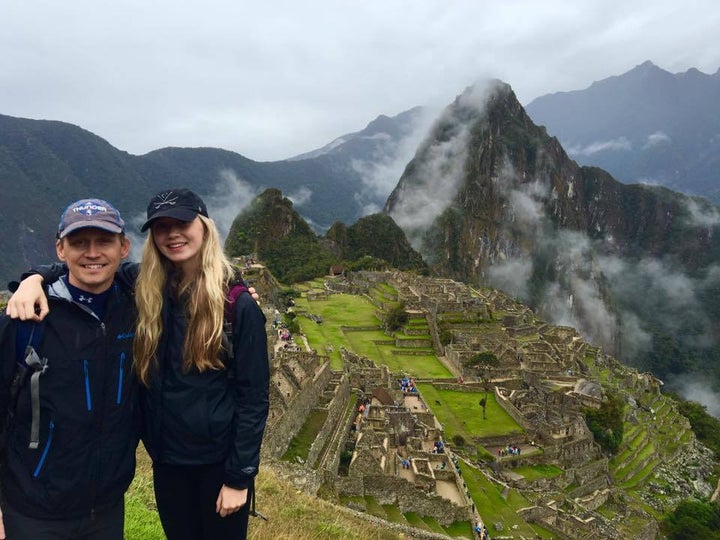
References:
1. Peacock AJ. Oxygen at high altitude. BMJ : British Medical Journal. 1998;317(7165):1063-1066.
2. Nussbaumer-Ochsner Y, Ursprung J, Siebenmann C, Maggiorini M, Bloch KE. Effect of Short-Term Acclimatization to High Altitude on Sleep and Nocturnal Breathing. Sleep. 2012;35(3):419-423.
3. Shogilev DJ, Tanner JB, Chang Y, Harris NS. Periodic Breathing and Behavioral Awakenings at High Altitude. Sleep Disorders. 2015;2015:279263.
4. Sutton JR, Houston CS, Mansell AL, McFadden MD, Hackett PM, Rigg JR, Powles AC. Effect of acetazolamide on hypoxemia during sleep at high altitude. N Engl J Med. 1979 Dec 13;301(24):1329-31.
5. Westerterp KR. Energy and water balance at high altitude. News Physiol Sci. 2001 Jun; 16: 134-7.
6. Cohen, Daniel. Hiram Bingham and the Dream of Gold. Rowman & Littlefield (1984). p 96.